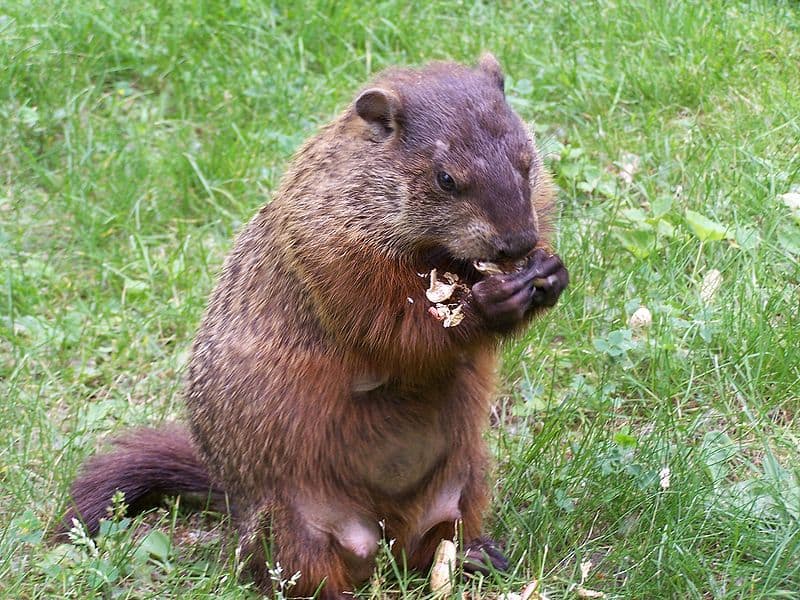
It’s been quite a season for animal life in this city garden. Big spring winds blew into southern Ontario, bringing early migrations of red admiral and painted lady butterflies that are still feeding on nectar-rich flowers. This week I saw a male eastern tiger swallowtail (Papilio glaucus, or possibly P. g. canadensis) in the front garden, and I can’t tell you how amazing that was! I also saw his all black female mate in the back garden, and I certainly hope they find each other and fulfill their potential of three generations in the season.
Our resident eastern cottontail rabbit is a welcome guest, as he seems to eat a selective diet of leaves from perennial geranium and thistles growing everywhere in the garden, with plenty to spare. The neighbourhood fox makes occasional passes through here, chiefly interested in the squirrels, and I’ve seen him trotting along with a limp trophy dangling from his mouth. The raccoons have three babies they keep high up in the dawn redwood tree, bringing them down at sunset to forage for grubs in the lawn. (I’ve had to cut tree branches around the house to keep them off the roof.)
But now a groundhog is briskly setting up a visible presence in the area, and creating considerable pressure on gardeners. There have been other groundhogs in past years that were quite a nuisance. They have an omnivorous appetite for vegetables, salad greens and flowering plants, generally preferring cultivars that are rare, expensive or dear to your heart. If it’s a cherished gentian passed down to you from your grandmother, so much the better.
I’ve been surprised and puzzled by how persistent and adaptive groundhogs are in a neighbourhood that has been extensively renovated. Many of the older houses have been knocked down and larger ones built, and construction activity often displaces wildlife. But the groundhog population seems to be resurging, and I think I’ve discovered why.
When I moved here 25 years ago, there were juniper shrubs as far as the eye could see. In the past few years, many in-ground sprinkler systems have been installed, and there has been an increase in decorative planting. Now there are generous perennial and summer annual plantings along the road, and that has enriched the potential food source for groundhogs. There are also more freestanding garden sheds and swimming pool cabanas set on concrete pads. These are just the sort of structures groundhogs will get under to set up their winter burrows (and I’ve seen examples). And finally, dogs in this neighbourhood are kept indoors.
With a plentiful food source, secure winter residence available, and the absence of predators, no wonder groundhogs are eager to move in. Sometimes you just have to grin and bear it.

We have had a couple of groundhogs try to set up residence underneath our shed. Both times we put an old radio in the shed and turned it to an all talk radio station and left it on all day and night. The groundhogs left and haven’t returned. But we keep that old radio handy just in case!
Hi Barb,
Brilliant! My groundhog is living outside of my garden; he just uses my property as a salad bar. But if I could locate his den, possibly under a neighbouring shed, I could run a very long extension cord and radio out there.
I don’t know why this problem and your ideal solution aren’t published on the front page of the newspaper!
— Judith